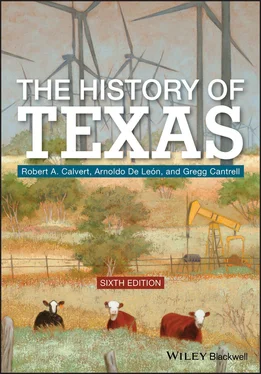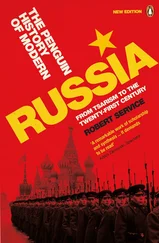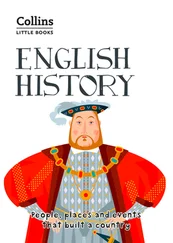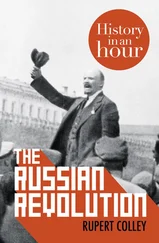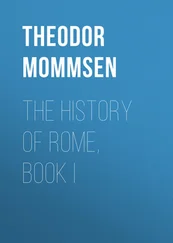Mexican and American Capitalists
It was a rising class of capitalists from Coahuila and Texas who, along with Stephen F. Austin, had convinced Guerrero to excuse their state from the antislavery law. Leaders of this coalition were the statesmen from Parras and Monclova in Coahuila, José María Viesca and his brother Agustín. In the 1820s, the Viesca faction belonged to the liberal Federalist party struggling to maintain control in Mexican politics. Their leaders at the national level were revolutionary veterans such as Guadalupe Victoria, Lorenzo de Zavala, and Vicente Guerrero, as well as intellectuals like Valentín Gómez Farías. Their antagonists were members of the Centralist faction, who were usually conservatives bent on securing the traditional power of the military and the Catholic Church.
According to Tijerina, the Viesca faction was committed to achieving economic prosperity through the state colonization program of 1825 and other means. Through legislation, they obtained exemptions from taxes on cotton, foreign imports, and domestic items for use by colonists and residents of Coahuila and Texas. They granted citizenship and special concessions to many Anglo Americans, among them the entrepreneur James Bowie, who acquired a textile‐mill permit. These liberals posited that slave labor was necessary for the economic advancement of the state.
Meanwhile, Stephen F. Austin’s plan for developing the cotton industry in Texas paralleled the ambitions of the liberal Coahuiltejanos, who, seeing their own prosperity in the cultivation of cotton, worked strenuously to have slavery legitimized. An early victory came in a decree passed on May 5, 1828, that validated contracts of servitude made in foreign countries by immigrants to Coahuila and Tejas. Sponsored by the Texas delegate José Antonio Navarro ( Figure 3.3), the new law provided for Anglo American colonists to bring slaves into Texas as permanently indentured servants. Support for passing this legislation was generated by the same coalition of Coahuiltejanos and Anglos that had mobilized in 1829 to have Texas exempted from the Guerrero decree.
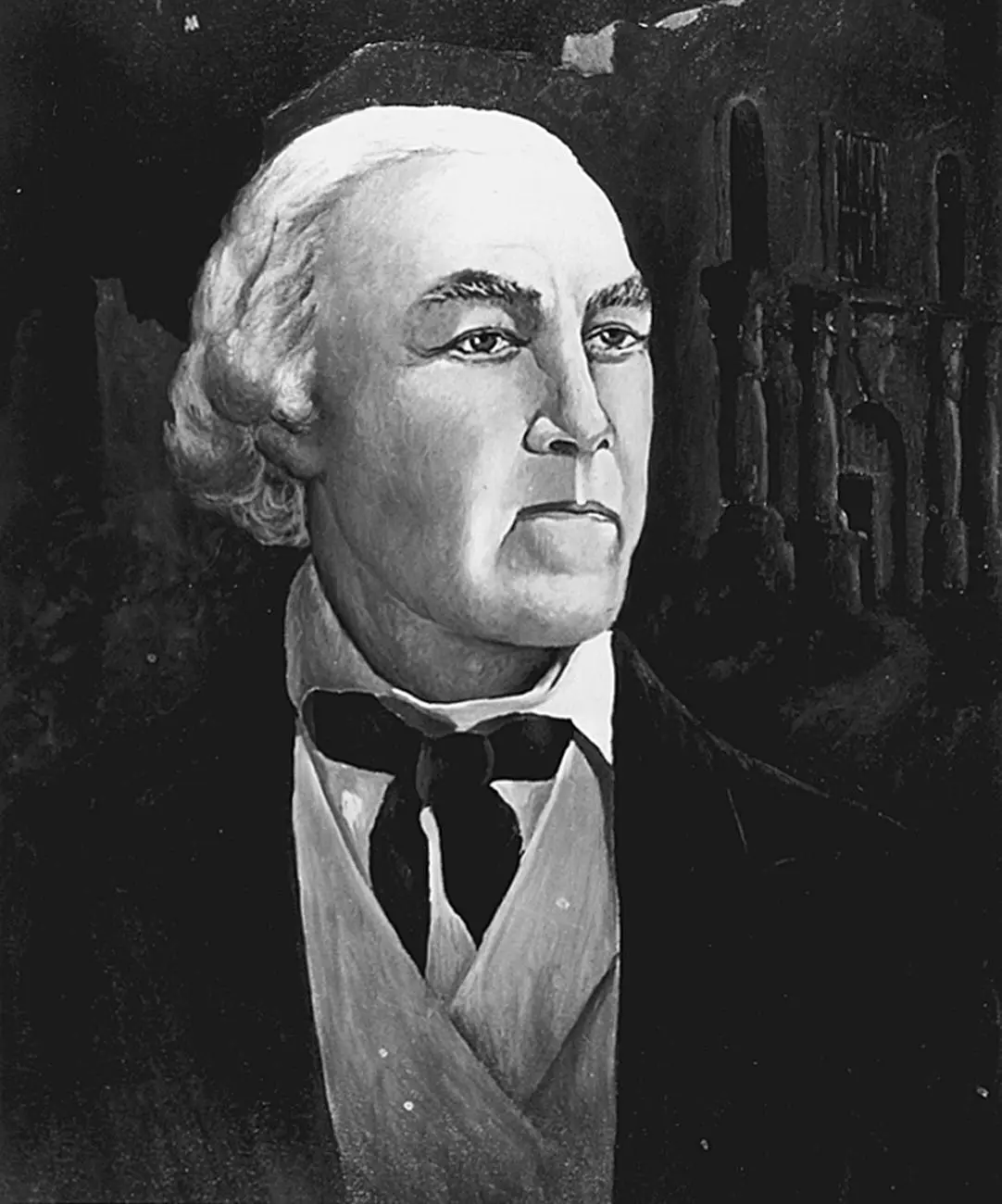
Figure 3.3 José Antonio Navarro. Painting by Dee Hernández. University of Texas at San Antonio Libraries Special Collections, Institute of Texan Cultures at San Antonio (MS 362: 68‐465).
The Law of April 6, 1830, Resisted
The Law of April 6, 1830, passed by Centralists following a conservative coup in late 1829, posed a dilemma for the liberal Coahuiltejanos, for they now fell out of step with both national and state politics. Committed to stopping Anglo American immigration and slavery, the Centralists preferred counter‐colonization from the Mexican interior or from Europe. Stepping up their initiative, the conservatives reinforced presidios at San Antonio, Goliad, and Nacogdoches and commissioned the building of more garrisons, among the most important of which were Velasco, at the mouth of the Brazos River, and Anahuac, founded just above Galveston Bay. Situated near the Gulf Coast, these two forts were built to discourage the infiltration of illegal immigrants by sea.
The liberals resisted these conservative policies. When the state congress expelled one of the Texas delegates in September 1830, the ayuntamientos of Béxar, Goliad, and San Felipe de Austin proclaimed that only the appropriate constituents could determine whether their deputy would serve. In this way, the Tejanos were committing themselves to the liberal, Federalist standard and the Viesca faction.
Among Anglos, a radical faction of the Federalists, which has come to be known in Texas history as the “war party,” emerged from the outrage over the Law of 6 April. In the summer of 1832, friction between settlers and authorities trying to enforce recently instituted policies regulating commerce in the Gulf ports and the collection of new tariffs (to which they were previously exempted) reached a high pitch at the military post in Anahuac. Colonel Juan Davis Bradburn, an Anglo American adventurer who had joined the Centralist cause in Mexico, arrested the lawyer William Barret Travis when the latter attempted a ruse to secure the release of two runaway slaves that Bradburn had in protective custody. In response to Travis’s arrest, vigilantes gathered to call for his release. When Bradburn refused to surrender his prisoner, the colonists, accustomed to the Anglo American tradition of the separation of military and civilian law, and to trial by jury, labeled Bradburn a despot.
Consequently, in June of 1832, a party of Anglo Texans from around Anahuac and the port town of Brazoria marched on Bradburn’s garrison. A full‐scale battle seemed imminent, but, while waiting for reinforcements, the Anglos issued a document known as the Turtle Bayou Resolutions on June 13, 1832, which cleverly argued that their actions at Anahuac were not an uprising but a demand for their constitutional rights as Mexican citizens, adding that their cause was in sympathy to that of the Federalists and their leader, Antonio López de Santa Anna, then attempting to overthrow the Centralists, the party to which Bradburn belonged. Higher military officials avoided further bloodshed at Anahuac by replacing Bradburn and releasing Travis and others whom Bradburn had arrested.
At this time, however, the radical war party failed to garner popular endorsement; indeed, many Texans condemned the group as adventurers. Most Texans belonged to a “peace party,” led by Austin, which preferred to work for solutions to settlers’ grievances via established political channels. Hence, on October 1, 1832, delegates from several Anglo settlements met at San Felipe de Austin and drafted petitions requesting certain concessions from the national government, among them, the removal of the article in the Law of April 6, 1830, that severely limited immigration.
This meeting, or consultation, was not legal; under Mexican law, such protests had to originate with the ayuntamientos. Although he sympathized with the protesters, Ramón Músquiz, the political chief in Béxar, followed the law and refused to forward the peace party’s petitions to the governor. The convention of 1832 bore no fruit.
In late 1832, leading citizens of Béxar, among them Juan N. Seguín and José María Balmaceda, met in San Antonio to express their own grievances to the state government in Saltillo. They complained about the constant intervention of the national government in the state colonization program and contended that the Law of April 6, 1830, threatened to dissuade useful capitalists from moving into Texas. They further demanded bilingual administrators, more judges, better militia protection from hostile Indians, and certain tax exemptions for businesses. These complaints, along with the October petition from Austin’s group, were part of the groundswell of federalism pervasive throughout Mexico in 1832.
The ayuntamientos of Goliad, Nacogdoches, and San Felipe endorsed the Tejanos’ petition, and Political Chief Músquiz submitted it to the governor, explaining that the Tejanos’ boisterous tone was designed to remedy a situation that might otherwise lead the Anglos to try to separate Tejas from Coahuila. What the Tejanos wanted, he assured the governor, were reforms, not the creation of their own state. The Tejanos understood that should Texas become a separate state with its own legislature, Anglo Americans, who already outnumbered the native Mexicans, would dominate politics.
Because little had come out of the Anglos’ 1832 consultation, another was held at San Felipe de Austin in April of the following year. But those attending the second meeting included new leaders who opposed Austin’s position of caution and conciliation with Mexico. Among the new group were the brothers William and John Wharton, David G. Burnet, and the former governor of Tennessee, Sam Houston, who had arrived recently in Texas. Scholars attribute different motives to Houston’s immigration, from attempts to buy up all the stock remaining in the Leftwich contract (he had been among the investors in the Texas Association in 1822), to an honest desire to start anew in Texas, perhaps as a landholder, lawyer, or politician. Overall, this second consultation desired the division of Coahuila y Tejas, maintaining that a separated Texas would enjoy political autonomy to make decision affecting its own well‐being. Uppermost, Texans and Tejanos wanted confirmation that slavery and colonization would continue uninterrupted. As things stood during that time, the rivalry for power between the Federalists and Centralists in Coahuila muffled clamors by Anglos and Tejanos for legislative action on slavery and immigration. Only if Texas stood apart from Coahuila could it implement a program with provisions favorable to economic progress in the region. Upon adjourning, the second consultation entrusted Erasmo Seguín, Stephen F. Austin, and Dr. James B. Miller of San Felipe with taking the grievances to Mexico City where any decision about separate statehood would be decided. Of the three, only Austin made the long journey to the capital.
Читать дальше
